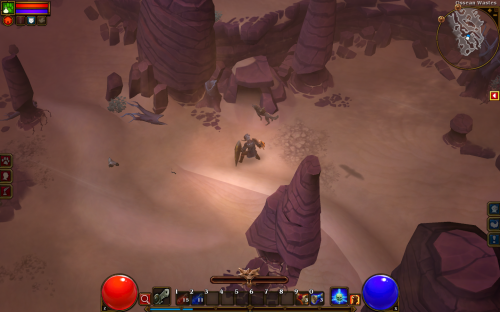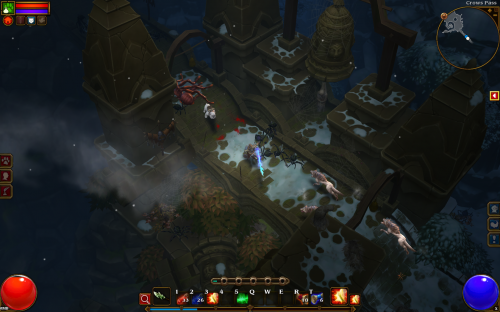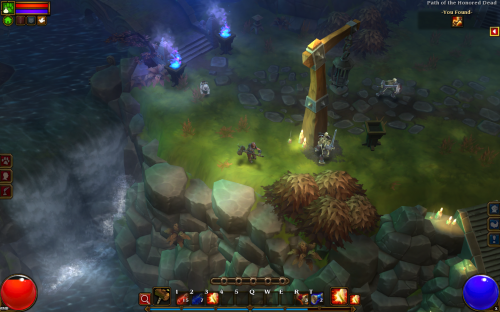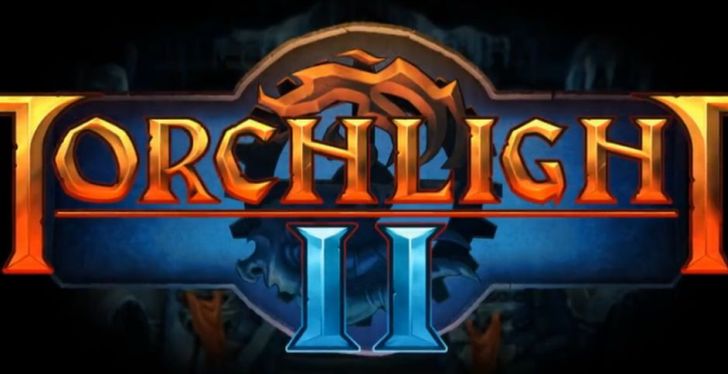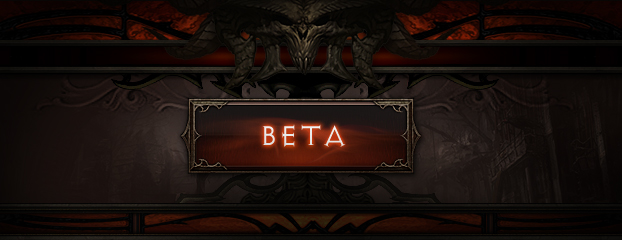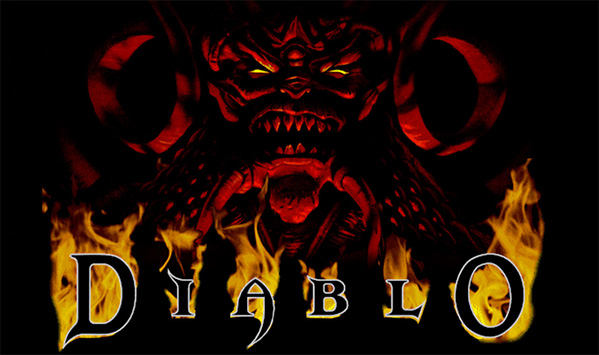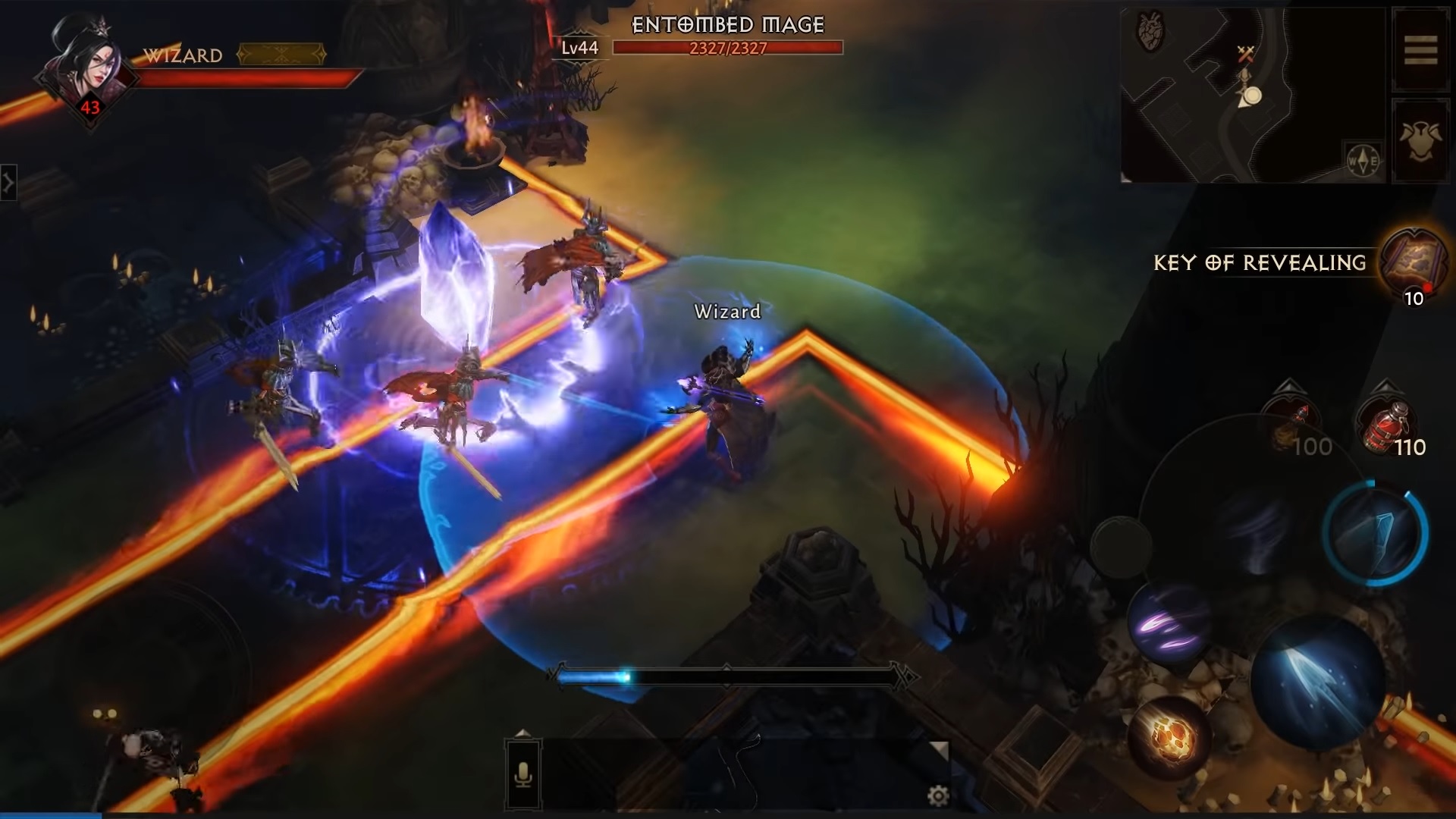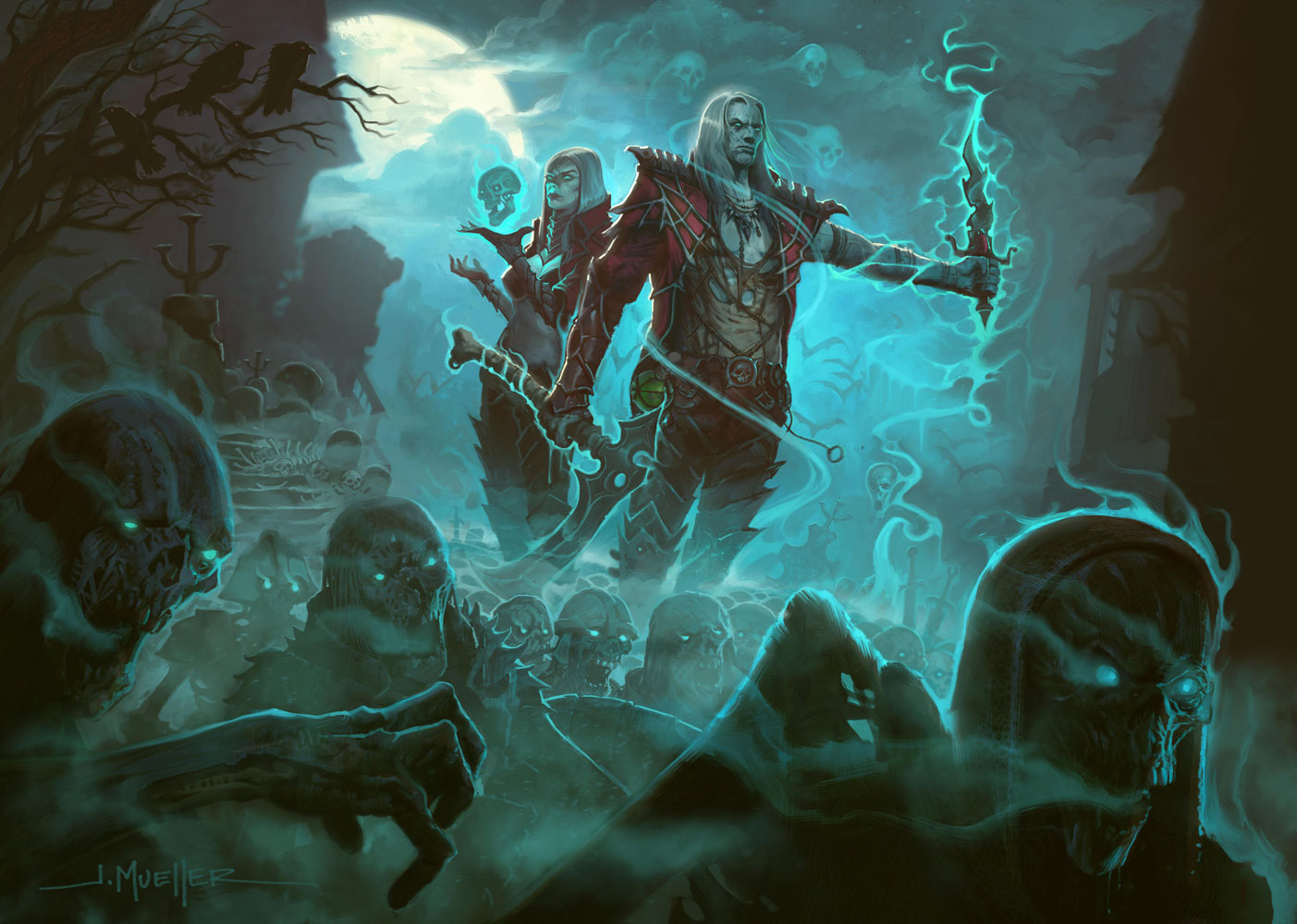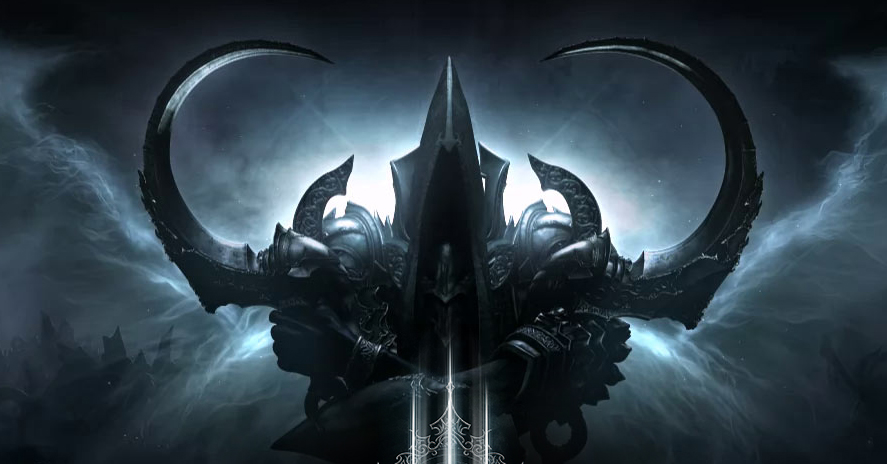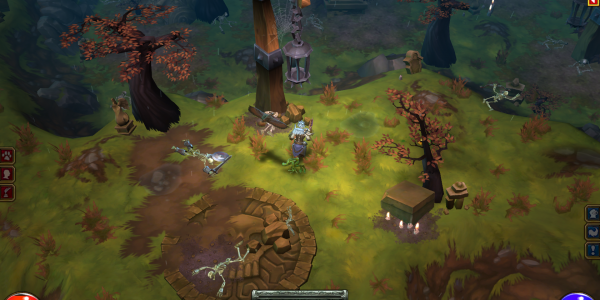
When it launched, Runic Games’ Torchlight was as close to a spiritual successor to the Diablo franchise as seemed possible. Max and Eric Schaeffer, the two original creators of Diablo, founded the studio and brought on board Diablo composer, Matt Uelmann, to do the music. The game went on to be a huge sleeper hit, selling over a million copies, and actually being used by Valve as a sort-of launch title for Steam on the Mac.
This success guaranteed a sequel that would be bigger and better in every way, and, having now given the recent network test (read: beta) a thorough run, I can happily tell you that Torchlight II is shaping up to be even better than the first.
Before I go into detail, I should probably deal with the obvious issue. With Diablo III having launched earlier this month, is there any room for Torchlight II? The answer, to me, is a resounding yes. As great as Diablo III is, there’s a significant portion of the Diablo II fanbase who dislike it for one of two reasons, both of which are addressed by Torchlight II. The first is that Torchlight II does not require an internet connection to play. That’s right: there’s an offline singleplayer mode! This alone is likely to guarantee an audience, if for no other reason than for Diablo III players to have something to play when Blizzard takes down its servers. Even better, it has LAN support for up to four players.
The other reason is that Torchlight II uses a more Diablo II-like character progression system. There’s been much gnashing of teeth over Blizzard’s decision to remove manual stat point assignments and skill points in Diablo III. Blizzard’s reasoning has always been that customisation in Diablo II was actually quite limited and only offered an illusion of choice. While this may be true, there are many people that found it much more rewarding than Diablo III’s system, and Torchlight II is going to satisfy these people pretty well.
But that’s enough about comparing Torchlight II to Diablo III. Let’s talk about all the things that make Torchlight II unique and fun.
That’s right, it’s time to talk about pets! The pet system was one of the great assets of the first Torchlight. In essence, you had either a dog or a cat that followed you around and helped you in battle. Your pet had its own inventory, allowing you to offload stuff to it as you played. The cool part of this was that you could send your pet back to town while you hunted through the dungeon, and all its inventory items would be sold off. The pet would return, bringing you the gold it received. This saved you having to do town portals just to offload inventory, and allowed you to keep that particular kind of flow that these games tend to have going.
Torchlight II improves the pet system in two ways. The first is that there’s now a whole range of pets alongside the original two, including ferrets, hawks, panthers and even a papillon dog. The second improvement is the shopping list feature. When you send your pet back to town, you can specify a number of potions and scrolls, and it will happily buy them for you. It’s a wonderful addition to a really useful game mechanic.
The three classes from the original Torchlight are gone, replaced with four new classes that each combine some elements of traditional RPG archetypes. This time around, there’s a male and female option for each class. There’s also a small amount of customisation options as well, something that I feel is missing from Diablo III.
The classes on offer in Torchlight II are:
- Berserker: The dual-wielding damage dealer. Think Rogues from WoW. Despite the name, this isn’t the sword-and-shield class…
- Engineer: …because this is the sword-and-shield class. Engineers can also function as the big, slow, two-handed damager or as a support class.
- Embermage: The caster class. Pretty straightforward in that regard.
- Outlander: The ranged attacker, similar to a hunter class, but can use melee if desired.
Each class offers a different and unique experience, with the addition of a new “charge bar” that works somewhat differently between classes. It builds, for all classes, by continually attacking enemies, not unlike the super meter in a fighting game. Each class spends the charge bar differently, however. Engineers are the only class that can expend all or part of the charge bar. For other classes, it has to build to maximum before working. When it fills up, the results can be devastating. Embermages get free spell-casts, Berserkers get guaranteed critical hits for a limited time and Outlanders can unleash devastating glave attacks with it. The charge bar is a cool new addition to Torchlight II, and one that helps differentiate each class, especially because Runic have stuck with the universal mana resource for all classes.
The network test only allowed players to experience the first act, so I can’t comment too much on Torchlight II’s story or dungeon design beyond that. What I can say is that the game now has a much more open-world design, and there’s more than one hub town. There are still randomly-generated dungeons (to a much greater degree than Diablo III), but they are accessed generally as side-quests from the overworld rather than via the map portals of the first game. This integrates them much more directly into the game and encourages players to use them more frequently.
The fishing system has been revamped, with most fishing spots now allowing a limited number of attempts, but with much more interesting rewards. Aside from fish that change your pet into other things for various benefits, there’s also gear you can fish up, mostly for your pet.
More than any other single feature, the one big new change introduced in Torchlight II is online multiplayer. This happens pretty much exactly as you’d expect (and it was, in fact the only way to play during the network test). Join an existing game or start your own, and get ready to bash your way through the dungeons with up to four other players. Multiplayer was the most demanded feature from reviews of the original Torchlight (in fact, one of the Torchlight II trailers even makes fun of how often this was mentioned in reviews and user feedback), and it’s good to see it included.
Overall, Torchlight II improves on the original in every conceivable way. Runic have absolutely responded to all the criticisms of the first game, as well as adding handy new features like the shopping list and greater character customisation. Even though I’m knee deep in Diablo III right now, I’m still very much looking forward to playing the finished game when it launches in the next few months. I firmly believe there’s a place for both games to thrive and do well, and on the evidence presented in the network test, Runic does as well.
Torchlight II will be available for PC later this year. You can find more information on the game at its official website.

